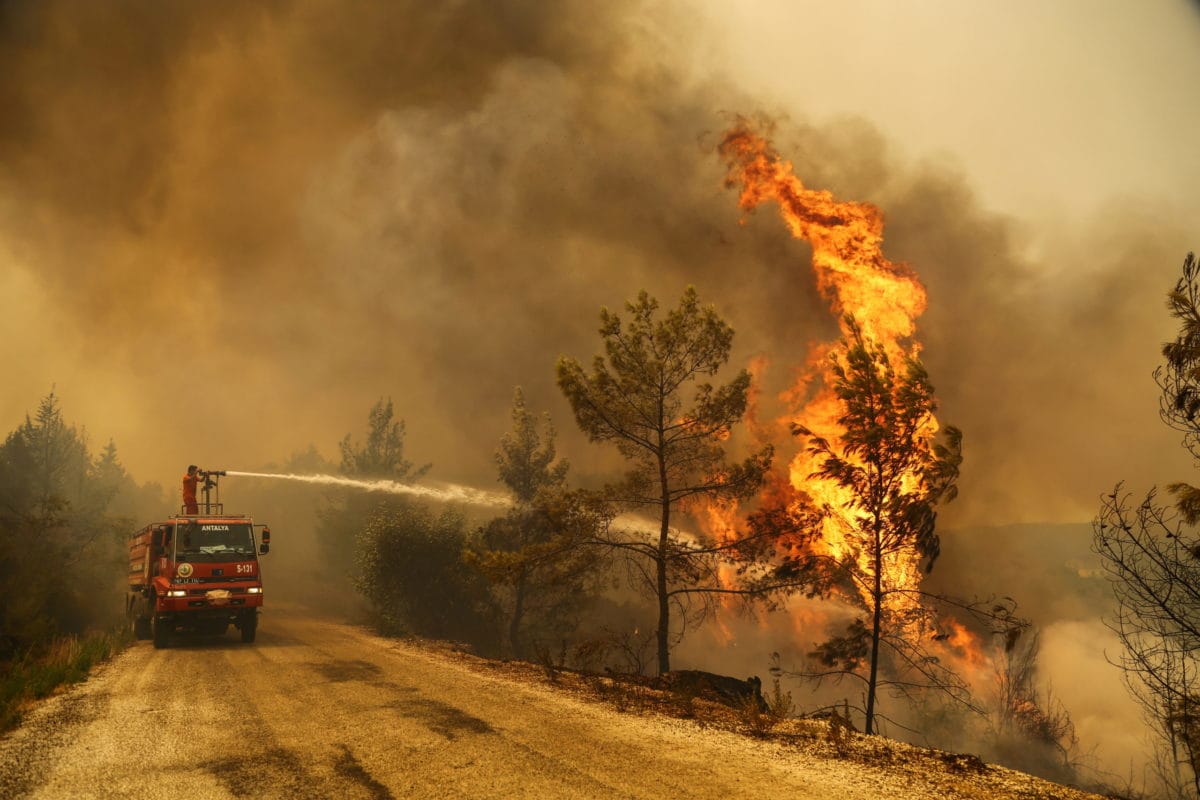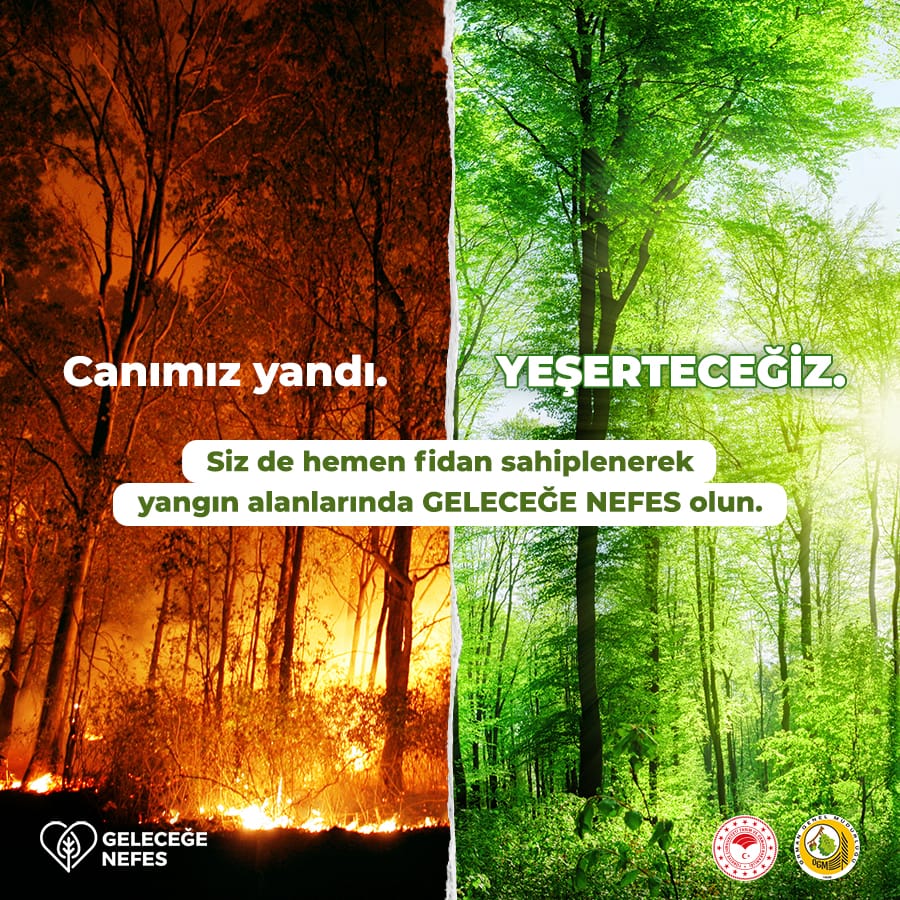Wildfires Ignite Political Debate in Turkey
Although wildfires in Turkey's Mediterranean forests are not unusual, the ferocity of last summer's fires sparked new political debates around the issues of government forest management and post-fire restoration. Turkish forestry experts and the public are now questioning conventional solutions prom









